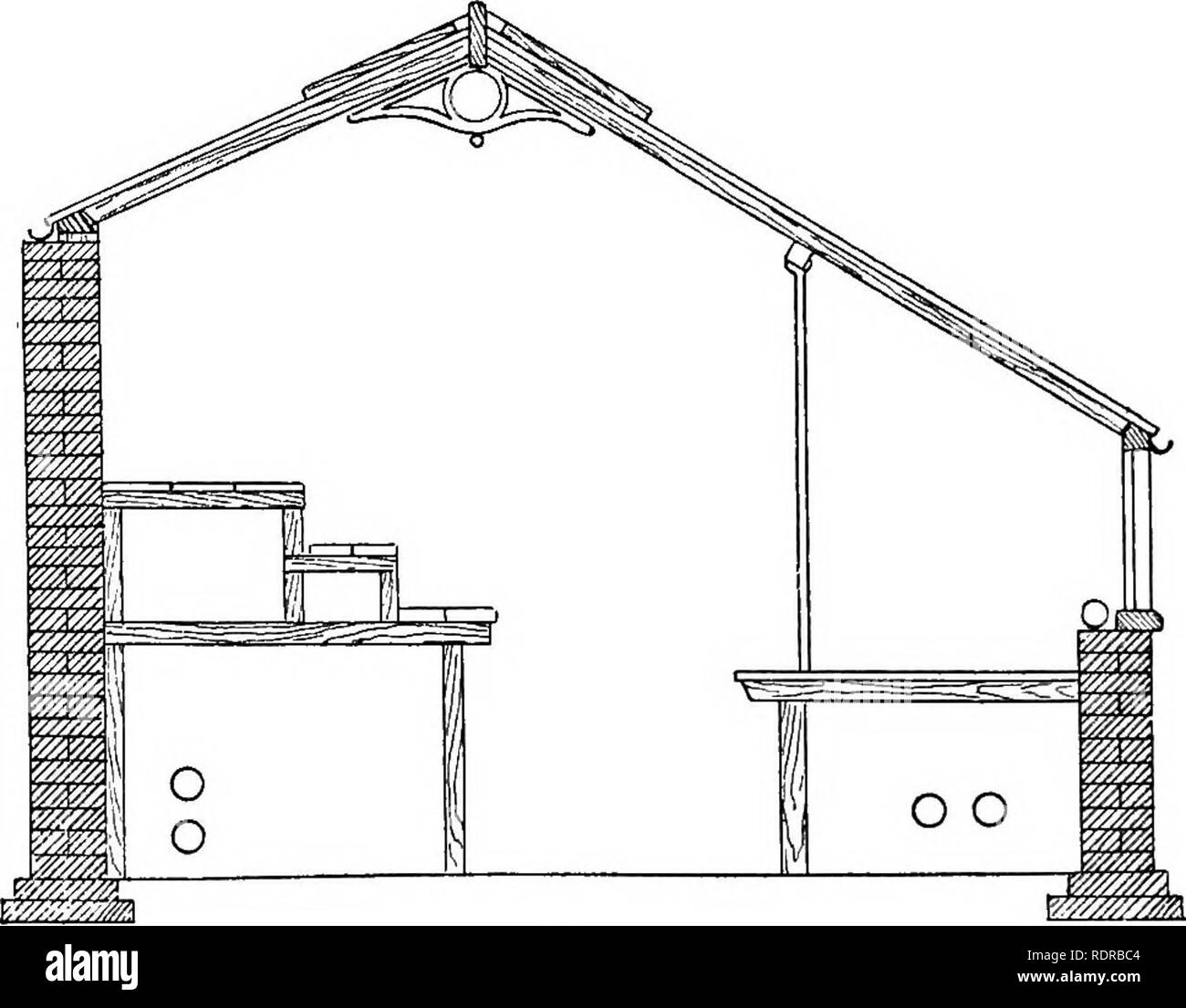Greenhouse Construction Fundamentals Explained
See This Report on Greenhouse Construction
Table of ContentsGreenhouse Construction Fundamentals ExplainedGreenhouse Construction Can Be Fun For Everyone3 Simple Techniques For Greenhouse ConstructionThe Ultimate Guide To Greenhouse ConstructionSee This Report about Greenhouse ConstructionThings about Greenhouse Construction

If you live in a snowy or rainy location, gothic arc greenhouses are a fantastic financial investment for you since their layout allows rainfall and snow to quickly glide off the sides which stops damages to the entire greenhouse. Timeless A-Frame greenhouses have high, slanted sides. They are a little bit harder to heat due to this.
Barn-Style greenhouses, like their name suggests, look like a barn. An even-span greenhouse is a full-size framework that has one end attached to one more structure.
The 8-Minute Rule for Greenhouse Construction
When picking a greenhouse for your yard, it is very important for you to learn the advantages and drawbacks of each greenhouse, so that the greenhouse fits ideal with your area and way of living. Look into our book to learn more and pictures of each type of greenhouse.
Usually, the following action after choosing a greenhouse is deciding on the foundation or base upon which the structure will stand. With your environment and soil conditions in mind, there are many different kinds of greenhouse bases that you can choose from. The key advantage of installing a base is freezing and thawing the soil, which changes gradually and may affect the greenhouse framework (5-7 years).
These legs will hold the greenhouse; nevertheless, it doesn't reach the frost degree for the majority of chilly areas, which's where a greenhouse base is something you may consider. Mounting a base is optional, however we recommend doing so to expand the greenhouse life expectancy. Planta Greenhouses's heavy-duty galvanized steel (rust and dust resistant) makes the model sturdy and long-lasting.
The Definitive Guide to Greenhouse Construction
While the greenhouse structure can last for 20+ years, the polycarbonate panels will last for approximately 15 years, whereupon you can change with new ones and install them on the existing structure. Contact our customer support to figure out exactly how you can acquire private polycarbonate panels. No matter of which base you're choosing to mount, pin it to the ground to avoid high winds from raising the entire framework off the ground.

We've arranged them from toughest to least durable + pros/cons: A concrete piece base is one of the most long lasting foundation for a greenhouse. It does call for preparation and work ahead of time, once it's complete, you can forget logistics and focus on expanding your food. This base will certainly provide maximum sturdiness to the greenhouse.
Some Known Facts About Greenhouse Construction.
Rats will certainly not be able to passage inside the concrete base. Standing water may be a problem considering that it can only drain around the sides of the greenhouse base.
A concrete base is one of the most pricey alternative however the most view cost-effective long-term. Once all shuttering is put in place to pour the concrete inside, it is fairly simple to construct. It is likewise possible to make use of more robust dealings with, such as development bolts, to hold the greenhouse base in location.
The greenhouse is removable, you will not be able to move the base with it. A wood base is a superb strong structure to construct your greenhouse on.
Some Known Factual Statements About Greenhouse Construction
Pressure-treated timbers have chemicals contributed to them which can seep into the soil and impact your plants; nevertheless, if you go with normally rot-resistant timber (i. e. cedar or redwood), it won't take place yet will be pricier. Not check that as long lasting as concrete. In the long-term, wood is much more mould-prone unless it is rot-resistant or pressure-treated.
Another choice is to construct a solid perimeter for the metal base to rest on. You can make it from wind blocks, paving pieces, timber or concrete. There are 2 sorts of border bases: Wood and Concrete. The finest method to install your greenhouse over a border base is to place the framework on the outside edge.
Before starting, mark the metal base's dimension on the ground utilizing spray paint to make sure that the top fits the bottom nicely. It is a great choice in circumstances where the ground isn't entirely levelled, and you intend to conserve the additional work of levelling whatever out in advance. You can adjust the elevation of your greenhouse based on the base you're mosting likely to opt for (most convenient to do with a wood perimeter base) Economical yet sturdy as a wood base.
The smart Trick of Greenhouse Construction That Nobody is Discussing
If the slabs (or blocks) aren't protected strongly (using a cement mix), the whole framework may collapse. We do not advise laying blocks or slabs on sand alone, as it will certainly remove at some point and make go to my site the base unpredictable. It's important to have the appropriate dimensions as there is no space for error.
If expanding the elevated bed from the ground, make certain you weed out any origins that could disrupt expanding your plants over time. The largest problem with the increased structure is that you might need to move the greenhouse door, make an added customized one or make a step to get in.